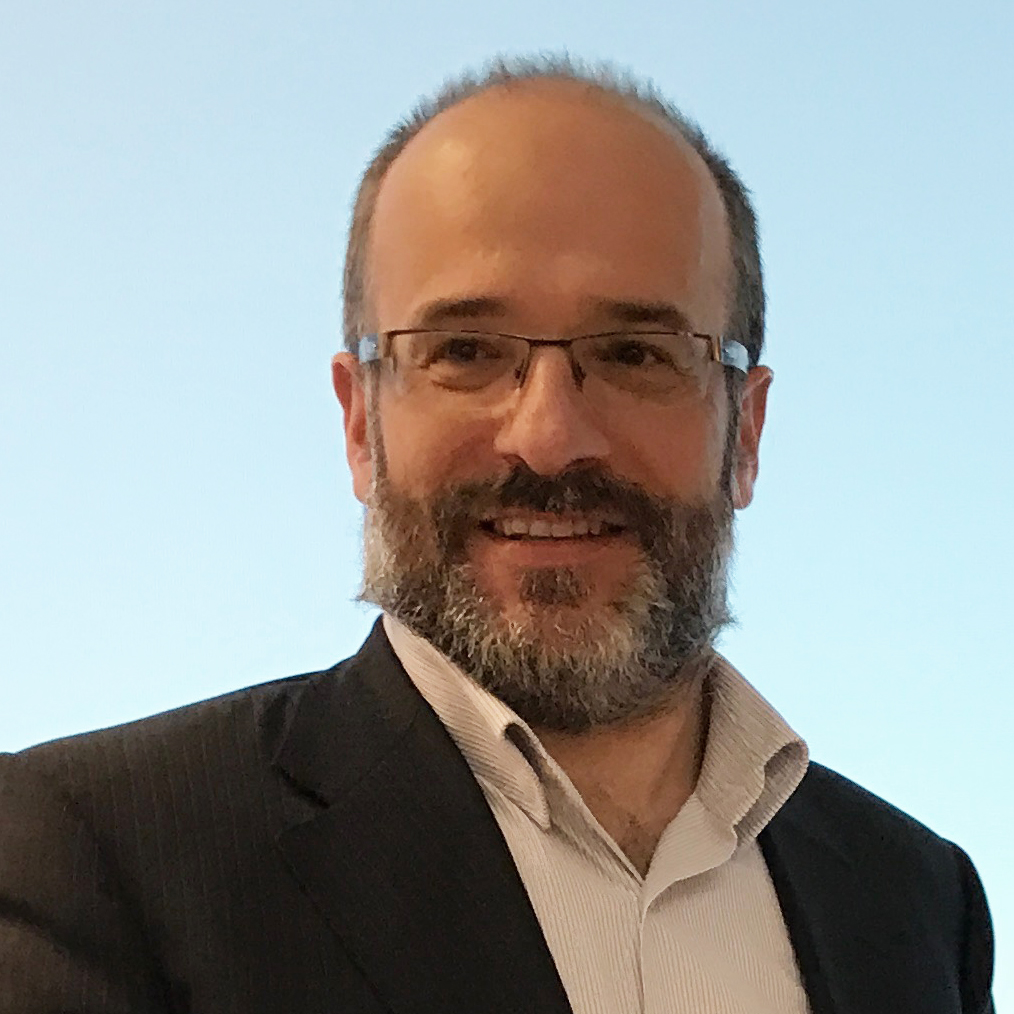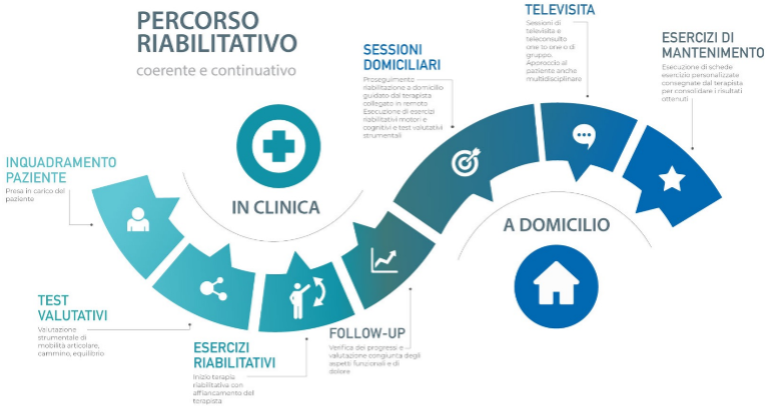
Bruno Ros, President and CEO of BTS SpA, graduated in Electronic Engineering from the University of Padua, with a specialisation in computer vision and artificial intelligence. He was founder and CEO of eMotion Srl in 2000, the first official spinoff of the University of Padua. Since 2004 he is the CEO of BTS SpA after the merger with eMotion and since 2013 he also holds the position of Chairman of BTS Spa and of BTS Bioengineering Corp. the group’s US subsidiary. During his career, he has contributed to the conception and design of most of the technologies and products of the BTS group, with particular involvement in the design of motion analysis systems using ultra-high performance cameras and miniaturized wearable sensors for measuring muscle activity and human body movement using IMU. In recent years, he has been particularly interested in the development of new technologies and methods to make BTS SpA’s technologies available to a wider range of users, including home users. He is also the author of some patents owned by BTS concerning EMG probes and force platforms.
On the basis of its thirty years of experience in the creation of functional assessment systems, BTS SPA has created a telemedicine solution dedicated to telerehabilitation and telehealth. We are aware that there are resistances linked to consolidated methods, cultures and traditions acquired over time; for this reason, from an exquisitely clinical point of view, we have been very careful not to change the therapist’s working method in the full conviction that telerehabilitation is “the means and not the methodology”.
Inspired by the literature, we have created a library of therapeutic exercises with biofeedback to improve motor functions, proprioception and balance, always leaving the therapist the opportunity to combine his experience with instrumental support in order to achieve the best result with the patient. The great opportunity of “digital health” is found in the definition of Connected Care, i.e. the taking care of the patient facilitated by the sharing of information, clinical data and strategies among all those involved (patients and caregivers, doctors, local health workers and institutional referents). A new way of interpreting the healthcare context may make it possible to reduce the time spent in facilities and reach a greater number of patients in the area, while containing costs, breaking down geographical and time barriers and improving communication between patient and doctor.
The COVID 19 pandemic forced patients to stay in hospital and to be bedridden for an extended period of time, inevitably leading to repercussions on the respiratory and neuro-muscular-skeletal systems with consequent loss of muscle mass. The “Long Covid” requires an “AD PERSONAM” rehabilitation programme and if carried out at a distance, when the patient is at home, it offers the opportunity to guarantee a greater frequency of treatments with consequent optimisation of the rehabilitation work for the recovery of the patient’s respiratory dynamics, motor and cognitive capacities. The difficulties associated with change and innovation can generate unease and mistrust. The great challenge is to understand how to properly dose the use of technology and understand when it cannot replace traditional medicine. COVID 19 helped to show that everyone has great resources to bring to bear. The pandemic has made us grow, perhaps too quickly, initially weakened in spirit but then even more determined and eager to build new paths, new organisational models, more efficient and safer.
In the hope of being able to correctly interpret the needs both on the clinical side and on the patient side, BTS has created an innovative solution for telerehabilitation, capable of working in a central healthcare facility or remotely in support of small territorial units or at the patient’s home.

In this way, a continuous and coherent relationship is created between the rehabilitation service in the clinic and the home, with the main aim of adequately supporting patients who require a more intensive clinical assessment and rehabilitation therapy. In the transition from an assessment/treatment with direct contact to an assessment/treatment carried out remotely, it becomes important that the clinical content in the management of the patient is the same, as the literature has shown that the results of the therapy are also comparable.
Thanks to the ISTUD project “Telemedicine between effectiveness, efficiency and humanization of care” we will have the opportunity to collect the experiences of all the actors involved, from the patient to the doctor and the health worker. Ensuring a qualified and productive digital health model is the task of all those involved in the process; in all this, industry has a central role in defining new devices that are easy to use and can be integrated into the patient assessment and treatment process. As a result, skills will have to be upgraded, new professionals created, and new training courses designed.
